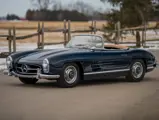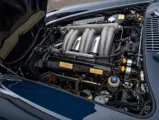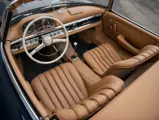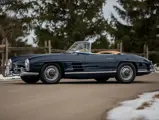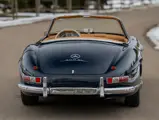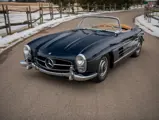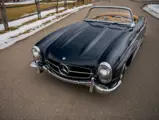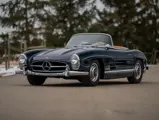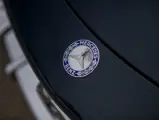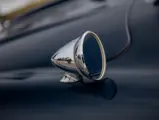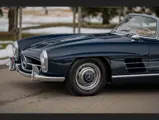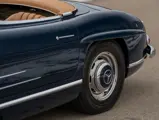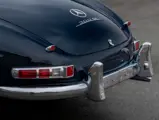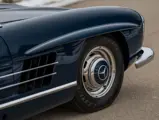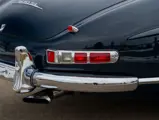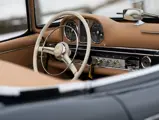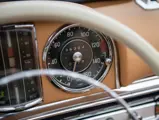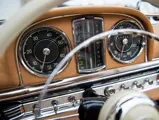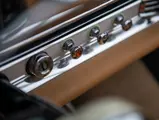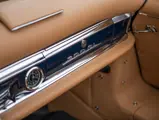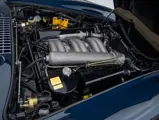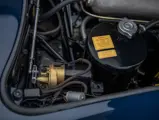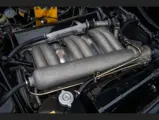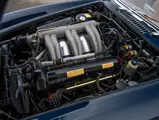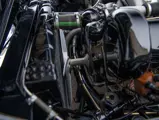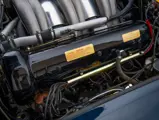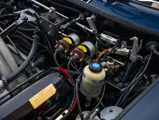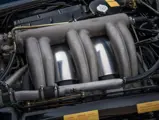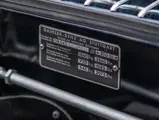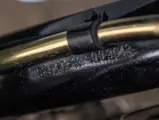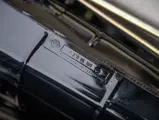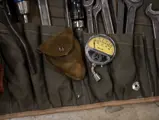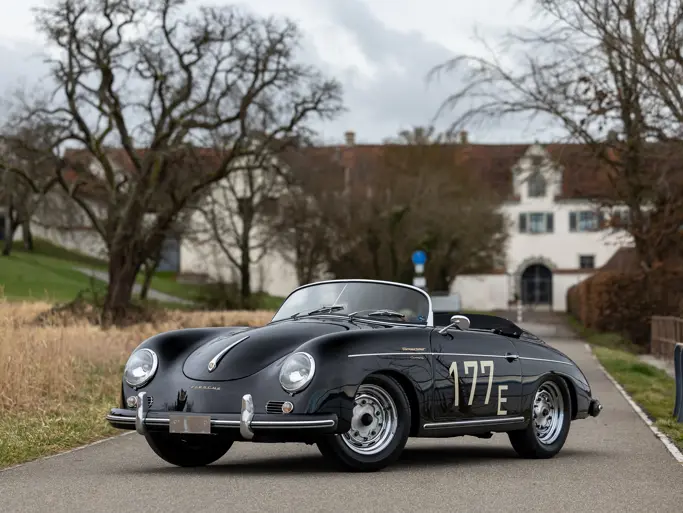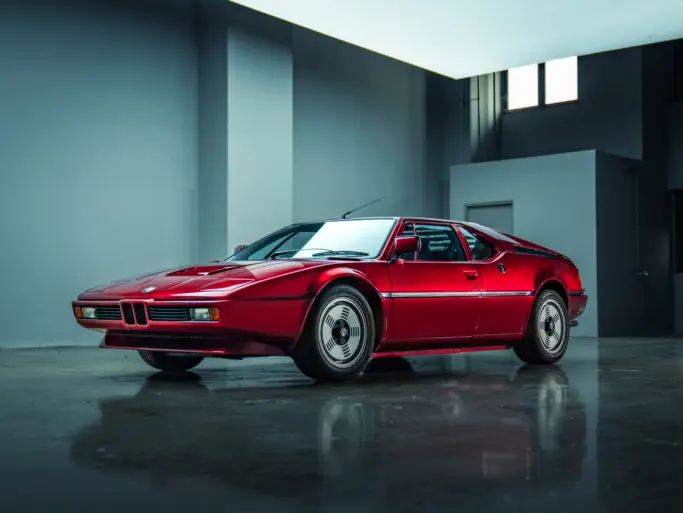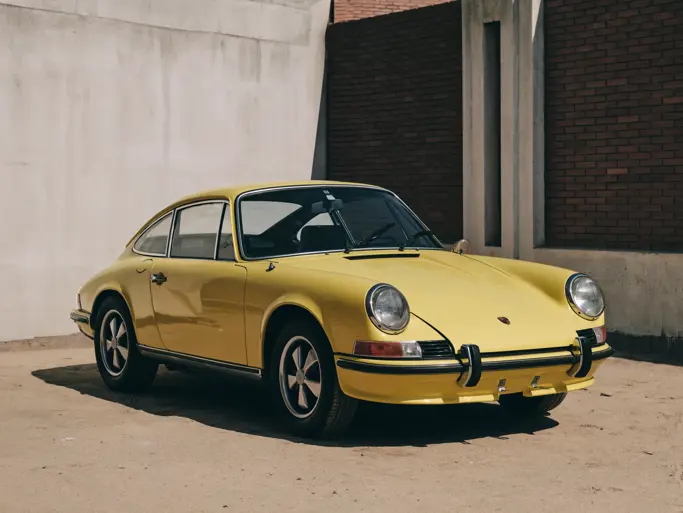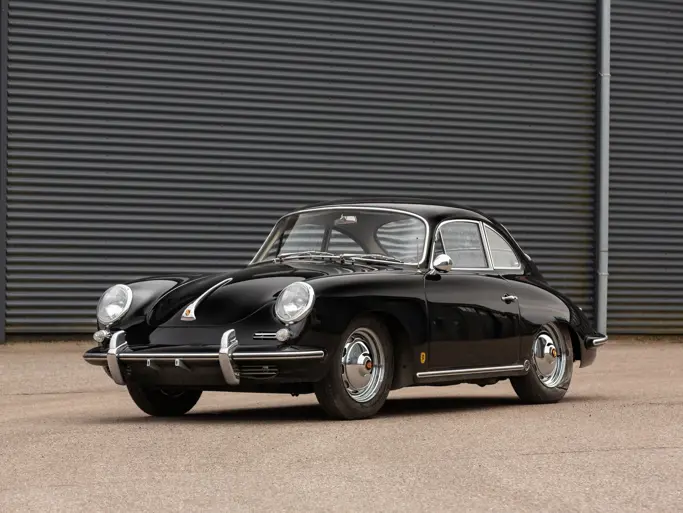Amelia Island 2022
1962 Mercedes-Benz 300 SL Roadster
{{lr.item.text}}
$1,545,000 USD | Sold
 | Amelia Island, Florida
| Amelia Island, Florida
{{internetCurrentBid}}
{{internetTimeLeft}}

- Fitted with matching-numbers engine, gearbox, front spindles, rear axle, and body; retains a high degree of mechanical originality
- Desirably equipped with factory disc brakes; one of the last Roadsters equipped with the cast iron engine block
- Sports a late-2000s restoration, complemented by recent engine rebuild by RM Auto Restoration
- Largely unknown example emerging from 10 years of climate-controlled storage within the consignor’s collection
- Documented with factory data card (Fahrzeug-Daten) and Gullwing Group Registry entry; offered with tool roll and spare wheel
Abounding in aesthetic beauty, powerful competition-bred specifications, and superior build quality, the Mercedes-Benz 300 SL Roadster is one of those rare paragons of automotive excellence that attest to the brilliant engineering of postwar Germany. When the Roadster was introduced in 1957, the new model addressed many of the perceived shortcomings of the outgoing 300 SL Gullwing, which was more closely tied to the 300 SL racecar of the early 1950s. Primarily, a redesign of the Gullwing coupe’s tube frame allowed for the use of conventional doors, which improved the ease of ingress and egress. This refinement also allowed for the implementation of standard wind-up windows, which significantly improved interior air flow and commensurate cabin comfort.
The unforgiving high-pivot swing-axle geometry of the Gullwing coupe, which was adapted from the W186 chassis of the larger 300 sedans, was discarded in favor of a low-pivot swing-axle rear suspension borrowed from the later 220a sedans. This configuration utilized a coil spring mounted transversely above the differential that was linked to the axles by vertical struts, which served to minimize oversteer. The frame and suspension redesign also allowed for the installation of softer coil springs, which provided the Roadster with a more comfortable ride quality without affecting the sporty handling. Furthermore, a smaller gas tank and longer rear overhang facilitated enlargement of the trunk space, a dividend for owners interested in extended touring.
The highly developed inline-six-cylinder engine was now standard-equipped with the sport camshaft that had been so effective in the racing alloy-bodied Gullwings, increasing output by 25 horsepower. While a 3.64:1 rear axle ratio was a standard feature of cars specified for the United States, a lower 3.89:1 ratio was available, improving acceleration. In 1961 four-wheel disc brakes became standard equipment, improving the 300 SL’s stopping capabilities, and bringing the model in line with concurrent mechanical advancements at Ferrari.
Easier to drive and more comfortable to use, the Roadster is largely regarded as an improvement over the Gullwing in every practical consideration, and it is still highly regarded by collectors today. When production concluded in 1963, just 1,858 cars had been built, and surviving examples now serve as the centerpiece of numerous marque collections.
Continuing to display the benefits of a restoration conducted in the late 2000s, this desirable 300 SL Roadster has more recently enjoyed 10 years of fastidious care within the collection of a dealership principal. According to a copy of the factory data card (Fahrzeug-Daten) dated 27 March 1962, chassis number 003043 was factory finished with Fire Engine Red paint (DB 534) and trimmed with a black leather interior. By virtue of its chassis number, the car is believed to have been equipped with one of the final cast iron engine blocks, as aluminum engines began to be equipped with chassis number 003049, just six cars after this one in the production sequence. The Roadster is notable, however, for being one the earlier cars equipped with four-wheel disc brakes, making it an ideal candidate for use on driving and touring events.
Per the records of the respected Gullwing Group, this 300 SL is one of 244 Roadsters built in 1962, and by the mid-1970s the car had passed through a collection in Miami, Florida, and was repainted in silver. The Mercedes-Benz was subsequently acquired by John Boozer of Tuscaloosa, Alabama, the owner of an eponymous local dealership.
By the mid-2000s the Roadster had relocated to the northeastern United States, and it became the subject of a substantial restoration. The coachwork was refinished in a striking shade of navy blue, while the interior was reupholstered in beige leather. Acquired circa 2011 by the consignor from a dealer in New York, the beautiful 300 SL was domiciled within a well-tended collection, and it has since enjoyed meticulous care as needed, while rarely venturing beyond its climate-controlled garage.
In late 2021 the car was submitted to RM Auto Restoration for mechanical evaluation and refurbishment. The engine was rebuilt with new intake and exhaust valves and guides; new valve springs; new pistons and rings; and new gaskets and seals. The timing chain was replaced, and the crankshaft, the connecting rod bearings, the oil pump assembly, and distributor gears were all updated. The transmission was rebuilt with new bearings and gaskets, and a new battery was installed. This work has resulted in fresh operating condition that leaves the Roadster in an ideal state of condition for further driving enjoyment.
As chassis number 003043 has not been shown or campaigned in any events over the last 10 years, and is largely unknown within the 300 SL community, it would make a wonderful debut among the model’s enthusiast niche, sure to impress with its emergence from a long dormancy. Component stampings for the engine, gearbox, rear axle, front spindles, and body are consistent with the numbers shown on the Fahrzeug-Daten, suggesting that this car retains a high degree of mechanical originality; a thorough inspection by RM Auto Restoration supports this conclusion. It should be noted that Mercedes-Benz Classic has acknowledged a typo in the data card’s engine prefix; the serialized sequence identifying this engine block on the card, however, is correct.
Accompanied by a spare wheel and a tool roll, this Roadster should encounter a warm welcome at club gatherings and regional concours d’elegance, and it is sure to strike the fancy of any Mercedes-Benz enthusiast and 300 SL specialist. It is a desirable example that amply demonstrates the high quotient of craftsmanship and performance for which the 300 SL model is renowned, equally comfortable on the autobahn or show field.

